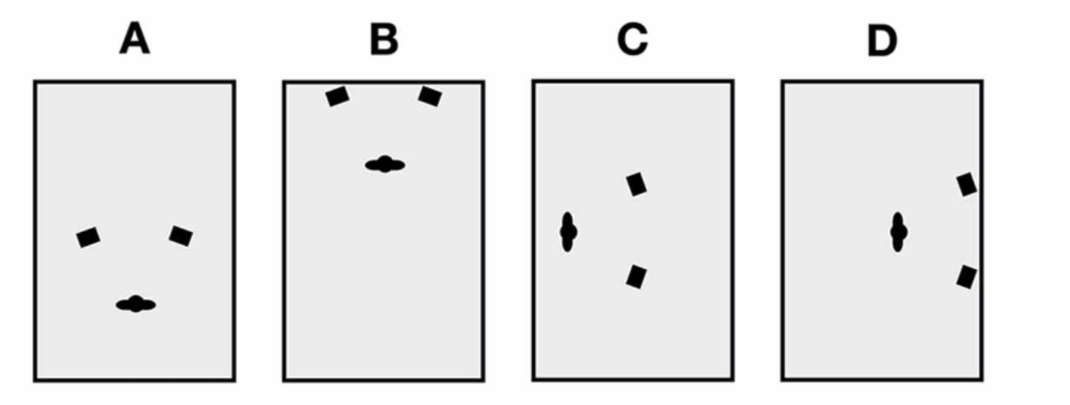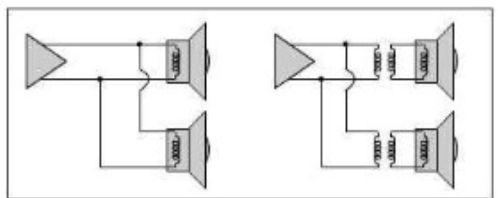Most Recent Avixa CTS Exam Dumps
Prepare for the Avixa Certified Technology Specialist exam with our extensive collection of questions and answers. These practice Q&A are updated according to the latest syllabus, providing you with the tools needed to review and test your knowledge.
QA4Exam focus on the latest syllabus and exam objectives, our practice Q&A are designed to help you identify key topics and solidify your understanding. By focusing on the core curriculum, These Questions & Answers helps you cover all the essential topics, ensuring you're well-prepared for every section of the exam. Each question comes with a detailed explanation, offering valuable insights and helping you to learn from your mistakes. Whether you're looking to assess your progress or dive deeper into complex topics, our updated Q&A will provide the support you need to confidently approach the Avixa CTS exam and achieve success.
The questions for CTS were last updated on May 2, 2025.
- Viewing page 1 out of 51 pages.
- Viewing questions 1-5 out of 254 questions
When an audio device can no longer accurately reproduce the audio signal, It is called
Distortion occurs when an audio device can no longer accurately reproduce the input audio signal. This happens when the signal exceeds the device's capacity to process it linearly, resulting in a corrupted output that differs from the original signal. Distortion can be caused by overloading the device's input or output stages, improper gain settings, or defects in the audio components. It degrades the quality of the audio signal and can manifest as unwanted noise or alterations in the sound.
Which of the following is the BEST placement for studio monitor loudspeakers in a 4 m x 6 m room from an acoustic standpoint?


In Setup B, the speakers are positioned symmetrically at ear level and angled towards the listener, which is the optimal configuration for achieving accurate sound reproduction and a balanced stereo image. In a small studio or listening environment, placing the speakers near the front wall and aimed directly at the listener minimizes acoustic issues such as reflections and standing waves. This setup maximizes direct sound while reducing unwanted room interactions.
CTS Technology Specialist Reference According to CTS guidelines on sound reinforcement and speaker placement, monitor speakers should be positioned symmetrically and at ear level to ensure the best listening experience. Proper speaker placement enhances audio clarity and accuracy, which is essential for environments like studios and classrooms where sound quality is paramount.
Assuming that the speakers in the picture on the LEFT are 8 Q drivers, what is the impedance of the speaker system on the left?

Assuming the speakers on the left are 8 drivers and they are connected in parallel, the total impedance ZtZ_tZt can be calculated using the formula for parallel resistance:
Zt1=Z11+Z21 For two 8 speakers in parallel: 1Zt=18+18=28=14\frac{1}{Z_t} = \frac{1}{8} + \frac{1}{8} = \frac{2}{8} = \frac{1}{4}Zt1=81+81=82=41 Therefore, Zt=4Z_t = 4Zt=4 If the wiring in the diagram shows two pairs of 8 speakers connected in parallel, the total impedance is 4 for each pair, and if these pairs are then connected in parallel again, the final impedance is: 1Zt=14+14=24=12\frac{1}{Z_t} = \frac{1}{4} + \frac{1}{4} = \frac{2}{4} = \frac{1}{2}Zt1=41+41=42=21 Thus, the total impedance is 2. Reference:
Axis Communications - Audio System Design
Basic Electrical Engineering Textbooks
A client setting terms for "tire protection of existing conditions" would most likely apply to which of tire following project types?
A client setting terms for 'tire protection of existing conditions' would most likely apply to an expansion of an existing building. This is because protecting existing conditions is crucial when construction activities are taking place adjacent to or within parts of a structure that will remain in use. Ensuring that existing elements of the building are not damaged during expansion work is a key concern. Reference: Construction and project management documents often specify requirements for protecting existing conditions during building expansions, as outlined in construction contracts and project specifications.
Assuming that the screen and projector are both Ethernet controllable devices, where does the control system for the AV solution need to exist?
The control system for the AV solution, assuming both the screen and projector are Ethernet controllable devices, needs to be connected to the network. This allows for centralized control, remote access, and management of the AV devices, ensuring seamless integration and operation. Axis documentation emphasizes the importance of network connectivity for managing Ethernet-enabled AV equipment effectively.
Unlock All Questions for Avixa CTS Exam
Full Exam Access, Actual Exam Questions, Validated Answers, Anytime Anywhere, No Download Limits, No Practice Limits
Get All 254 Questions & Answers